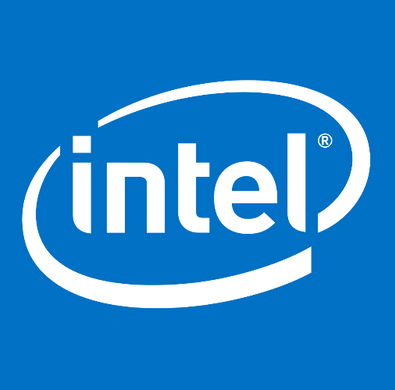Intel is planning to eliminate all PC cables in 2016
Intel wants to eliminate all cables from the PC by 2016, the chipmaker announced Wednesday.
On stage at the Computex show here, senior vice president and general manager of the PC Client Group Kirk Skaugen, demonstrated wireless display, docking and charging features that will close the loop on the final few mandatory cables in the typical PC environment.
The high-speed WiGig standard will be used as the short range "docking" technology, which will instantly create a connection to a screen and peripherals when a device is moved within range and then swapping back out to standalone usage by just picking up and walking away. WiGig will deliver speeds of up to 7Gbps.
A truly wireless -- and potentially tangle-free -- PC has long been coveted, but this idea has been hampered by the practical need for connections with peripherals and the need for juice. More recently, advances in areas such as wireless charging have made this more of a reality.
When itcomes to power, Skaugen demonstrated Rezence, a magnetic resonance charging technology, which is promoted by the Alliance 4 Wireless Power (A4WP), which Intel is aligned with. The system can be installed under a table surface, with the new magnetic resonance capable of charging through 2 inches of wood. It can also charge more than one device at the same time, unlike traditional charging technologies.
Skaugen also demonstrated a table that charged a laptop, headset, phone and tablet all at the same time. He also named other new members of the A4WP group, which includes Dell, Fujitsu, Panasonic, Lenovo, and Logitech. Other partners include Asus, Toshiba, Logitech, as well as initiatives to build the technology into swappable phone cases, clock radios and car consoles.
There are competing wireless charging technologies, and the rivalry has been hard at times. But with the recent agreement between A4WP and the Power Matters Alliance (PMA) to ensure cross-compatibility we're getting closer to a comfort zone for widespread adoption of a stable standard.





No comments: